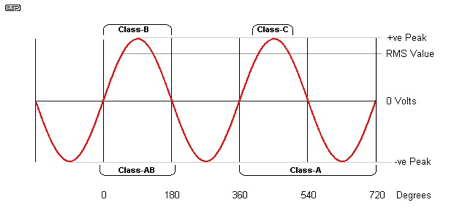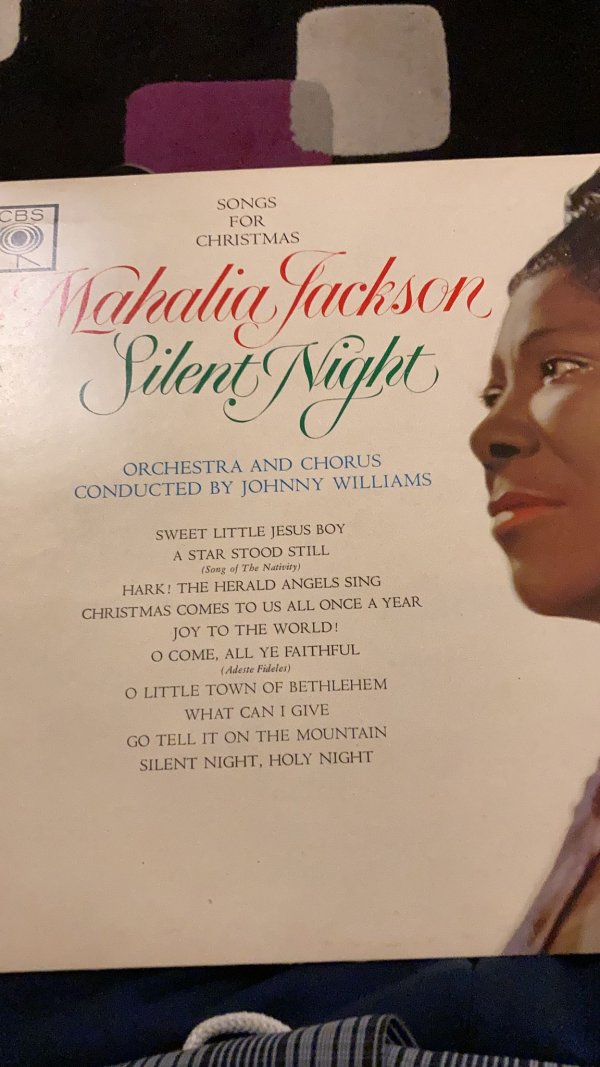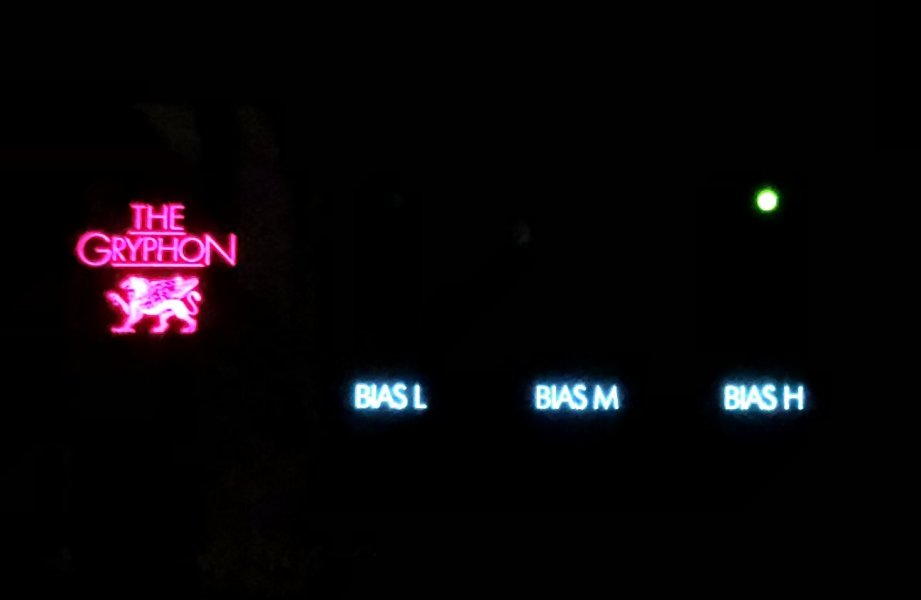A phenomenon that I believe is more common than not, is that as our systems become more advanced, the way we assess new product introductions to our system changes. I can’t imagine that I would evaluate the addition of a new amplifier into my system the way I might have 10 or 20 years ago. Part of the reason for this is that our systems generally improve with time, and possibly our listening skills, or at least that’s the hope. For example, when I started out many moons ago, I had Advent loudspeakers and an AR turntable/Stanton 681EE and a Nakamichi cassette deck. Trying to ascertain the fine points (or even the big picture) of a new amplifier would be lost on me as the abilities of the rest of the system would make such an excise rather futile although sure, things would have sounded better with the Gryphon Mephisto than my old Citation 12. Then again, I would probably have launched the paper cone divers of the Advents into low earth orbit using an amplifier with such obvious overkill credentials. But the long and arduous process of system improvements over many years provided nice benefits because as my system improved with every iteration (actually, most of the time but not all- now there’s a thread topic- should probably call it “stupid audiophile tricks”), finer gradations of improvements in gear become easier to assess. Simply put, there’s more to hear, more to assess, and more to contemplate with changes whether it is source equipment such as a cartridge or end of the line gear such as amplifiers or speakers. And with each system iteration, changes become more incremental, finer and subtle. That’s not only part of the fun, but frankly, it’s what paying the big bucks should provide. When it doesn’t, it’s more than just no fun. It just sucks and makes a colonoscopy look good by comparison. This is just a prelude to saying that I’m fortunate to have ancillary gear that makes assessing the sonic properties of a new component like the Gyphon Mephisto relatively unambiguous and straight forward, or at least, compared to what it would have been many years ago.
The Gryphon Mephisto has been a surprising addition in several ways. The most obvious is that it is the 4th “big” amp I’ve had in my system in a year, beginning with the demise of the excellent sounding but unreliable Soulution 701s (a 4 month adventure), the “temporary” Parasound JC1+ that was a place holder from last spring which provided splendid service until the CH M10s arrived in October, and finally the Mephisto. The chore of changing yet another amp and evaluating it was not the surprise here. Most of that was anticipated. Rather, it was listening to a product that was sonically quite different and distinct from all the other big amplifiers I had used previously. The main reason for the difference when compared to the previous bevy of push-pull amplifiers is because the Gryphon is a pure class A design.
Class A amplifiers have been with us forever and are typically seen in audio gear with low power requirements such as pre-amps or phono stages. I used to own a Pass Aleph amp that put out 40 watts a side and I remember that I liked it because there was something memorable about its sound, although I was never sure exactly what that was. Not surprisingly, I moved on to another amplifier with greater power years ago (Ampzilla, I think?). Fast forward a few decades and now I have a pair of modern day, high-power Class A amplifiers that I’m excited to explore in part because I never forgot the seductive sound of those little Pass amps. The Mephistos differ most obviously from those Pass amps in their power and physical manifestation. Unfortunately, when you want to build a pure class A amplifier with great power, it means heavy transformers, large heatsinks, lots of electricity, and lots of heat. Did I mention lots of heat? Jeez, you have no idea. As I’ve mentioned previously, this is an amp that would be difficult for almost anyone to own and live with without air conditioning or open windows…
in the winter! Fortunately my amps live in a room immediately behind my speakers. How anyone could possibly live with them in their listening room is surely a testament to their motivation and accommodation.
The amplifier design, which has not changed in 10 years, is a testament to Flemming Rasmussen’s obsession to his craft. To begin these are monoblocs. Many amp designers fashion their monoblocs out of bridging an existing two-channel product which couples the stereo channels in series to form a single amp with increased voltage and more output power. Flemming thinks this approach is unattractive because it doubles distortion, and doubles input impedance impairing the amplifier’s ability to drive low-impedance loudspeaker loads and cuts the damping factor in half (reducing the amplifier's ability to control cone motion at low frequencies). In addition he utilizes a regulated and filtered power supply which removes high frequency noise and voltage spikes without compromising current capability. Extreme high current capability is a fundamental parameter in Gryphon amplifier design. You can read the specs for yourself if you’re interested. All I will say is that there are a lot of zeros in the power output specs for very low impedances.
Perhaps most compelling in my desire to try this product was the fact that it's an amplifier designed with zero global negative feedback, which is a topic that spilled a lot of ink in this thread with respect to the M10s for some time as you probably know.
Before discussing the sonic merits of the Mephisto, it's useful to review why a Class A amplifier is technically different from more common Class AB designs. The answer can be appreciated in this diagram.

The basic premise of a Class-A amp is that the output device(s) conducts all the time (through 360 degrees of the signal waveform). This means that the power devices must conduct a continuous current which exceeds the maximum peak load (loudspeaker) current.
In contrast, a typical Class-AB power amplifier's output devices only conduct for about 182 degrees (at full power), which means that for much of the signal's duration, only one or the other device is conducting. The other is turned off. This creates an inherent immutable characteristic of what happens when one device is turned on and the other turns off and is called “crossover distortion”. While often very low, when the signal is reduced, the ratio of distortion to signal will become much worse, resulting in an increase in distortion as power is reduced. It is why one often sees increases in distortion vs power curves for many Class AB amplifiers at low power (as well as high power, which is expected). It is fair to say that although crossover distortion cannot be eliminated, the effects can be reduced to such an extent that many amplifiers have almost unmeasurably small levels of crossover distortion (mostly odd harmonics) and in fact, many class AB amplifiers sound superb despite this.
However, it is this lack of crossover distortion inherent in the nature by which Class A amplifers operate that many say is what makes them sonically unique. As Paul McGowan said in 2019: “Certainly, we could say that many Class A topologies generally are sweeter and without the character-changes-with-level some AB circuits have—and we would not be too far off the mark—but consider that many of us have never actually heard a pure Class A power amplifier.” Of course not. Most of them are probably being used as space heaters to provide heat for third world countries. I’ve not seen any in a home ever, and perhaps rarely at an audio show or an audio salon.
Or to put it another way, as Flemming would say “there simply is no substitute for the sheer magic of pure class A”. So is he right? In a word, he makes a very compelling argument.
End Part 1




